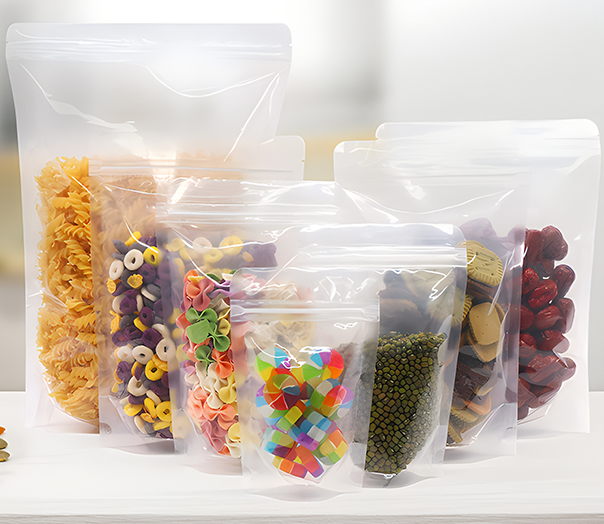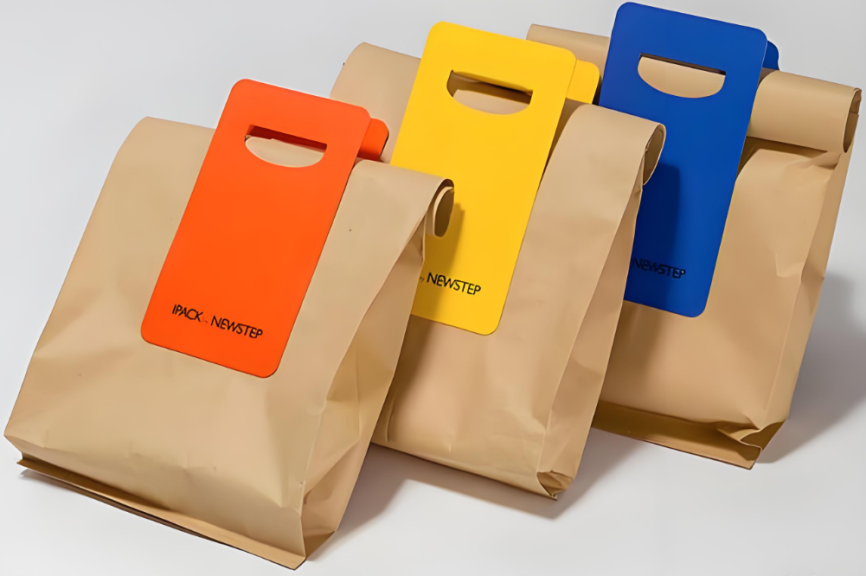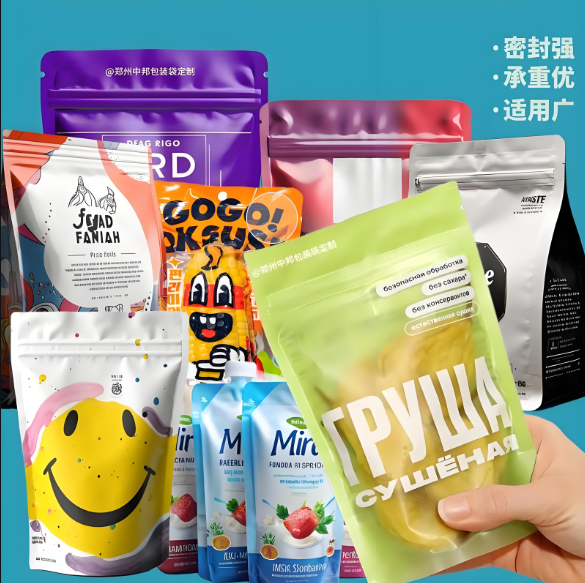Trend: Flexible Packaging Defines the Future of Food Packaging
In today's challenging landscape of intensifying competition, stricter environmental regulations, and rising transportation and storage costs, food brands face a common question: how can they ensure product safety and freshness while simultaneously reducing packaging costs, improving efficiency, and transitioning towards sustainability?
Enter flexible packaging – an increasingly popular choice for food brands. It not only meets practical needs for lightweighting and flexibility but also unlocks creative potential for superior print quality and compelling brand storytelling.
MTPAK is at the forefront of this shift. As a global flexible packaging supplier and printing service, we provide innovative, eco-friendly, and professional flexible packaging solutions for companies across various sectors. This article explores how you can transform the limitless possibilities of flexible packaging into a powerful competitive edge and a new engine for growth.
What is flexible packaging?
Flexible packaging refers to packaging made from pliable, easily yielding materials like plastic films, metal foils, or paper-based composites. Unlike rigid containers such as cans, bottles, or boxes, this packaging type lacks a fixed shape but can form sealed structures through heat sealing, adhesion, or pressing. It's widely used for products ranging from snacks, coffee beans, and spices to ready-to-eat meals. Compared to traditional rigid packaging, flexible packaging is lighter, uses material more efficiently, and significantly reduces transportation energy consumption and carbon emissions.
Why is flexible packaging gaining popularity in the food industry?
The rise of flexible packaging stems from its ability to strike an ideal balance between cost, performance, and brand image. For food brands pursuing efficiency and differentiation, it's more than a material innovation – it's a market strategy.
Lightweighting & Efficient Logistics for a Smarter Supply Chain
In an era of escalating transport and warehousing costs, the lightweight and compressible nature of flexible packaging substantially lowers overall logistics expenses. It occupies less space, allows for larger shipment volumes, and grants brands greater flexibility and cost advantages within their supply chains.
Superior Barrier Properties to Lock in Freshness & Flavor
Multi-layer composite structures give flexible packaging excellent barriers against gases, moisture, and odors. Whether it's coffee, nuts, or spices, products can maintain their original flavor and texture for longer, effectively extending their shelf life for brands.
Visual Appeal & Tactile Experience for Brand Differentiation
Flexible packaging offers exceptional printability, enabling various finishes like matte, gloss, metallic effects, or selective transparent windows. Its diverse range of textures and appearances is becoming a key tool for brands to create a powerful "first impression."
Sustainability Mindset, Implemented Starting with Packaging
Material innovations in flexible packaging are rapidly advancing towards recyclable, compostable, and mono-material structures. Compared to traditional rigid packaging, it often demonstrates superior resource efficiency and a lower environmental impact, providing brands with a more actionable pathway for implementing their sustainability strategies.
What are the typical applications of flexible packaging in the food industry?
Flexible packaging is widely adopted because it can adapt to almost any product form – from a single-serve snack pack to a bag of frozen prepared meals, a suitable packaging solution exists. Its flexibility extends beyond the material itself to every detail of the brand experience and consumer interaction.
In the snack sector, the lightweight and sealed nature of flexible packaging helps brands achieve portability and preservation simultaneously. Stand-up zipper pouches make products easy to open and reseal, extending shelf life and enhancing the consumer experience.
For coffee and tea brands, the advantages lie in "preservation" and "expression." Flat-bottom or stand-up pouches with degassing valves not only slow oxidation and maintain flavor but also serve as a canvas for brand identity. A thoughtfully designed package often communicates brand values more effectively than words.
Sauce and condiment brands are also actively adopting flexible solutions. Squeezable pouches or shaped pouches allow consumers to control portions precisely, saving material and creating a differentiated product.
In frozen foods and ready meals, temperature resistance and high-barrier film structures make flexible packaging synonymous with safety and convenience.
Even baking and confectionery brands leverage transparent windows or unique pouch shapes to make their products more visually compelling and story-rich on the shelf.
The application of flexible packaging is never just about containing the product; it's about helping brands find the perfect balance between protection, experience, and presentation. It safeguards product freshness while amplifying brand personality and value.
What types of flexible packaging exist?
Part of the appeal of flexible packaging is its variability – different pouch styles and structural designs can precisely align with brand positioning, product characteristics, and display methods. Choosing the right type isn't just a technical decision; it's a form of brand expression.
Stand-up Pouches are a top choice for food brands. They stand upright on shelves, prominently displaying logos and graphics, combining functionality with visual appeal.
Flat Bottom Pouches are often perceived as a more "professional" option, common in premium lines for coffee, grains, or pet food. They offer greater capacity and stability, presenting a cleaner, more organized brand image on shelves.
For high-efficiency production lines, Rollstock Film is an ideal solution. Highly compatible with automated equipment for rapid filling and sealing, it helps brands maintain packaging quality while boosting output and consistency.
Three-side Seal Pouches and Shaped Pouches offer greater flexibility and cost-effectiveness, suitable for spices, small snacks, or promotional items. Their unique shapes and textures can strengthen brand recognition, helping consumers "spot you instantly" on the shelf.
For products with high preservation needs, like meats, frozen foods, or bakery semi-finished goods, Vacuum & Modified Atmosphere Packaging (MAP) Bags remain the preferred choice. They protect ingredient freshness while demonstrating the brand's commitment to food safety and quality.
The diversity of flexible packaging is one of its most competitive advantages – it can evolve continuously, adapting to changes in brand strategy, product form, and market trends. At MTPAK, we help brands find the packaging type that's "just right," ensuring each product's unique qualities are perfectly presented.
Conclusion
While challenges like underdeveloped recycling infrastructure and material separation difficulties persist, the flexible packaging industry is evolving rapidly. Innovations in mono-material films, compostable materials, and digital printing technologies are driving sustainable upgrades. The future of flexible packaging isn't just about being "soft"; it's about integrated solutions that are "Light," "Smart," and "Green."
Whether you are a food manufacturer, brand owner, or supply chain decision-maker, flexible packaging represents a more efficient and expressive future for packaging. MTPAK is committed to providing global brands with customized flexible packaging solutions that align with market trends and balance functionality with aesthetics.
Contact us today. Let us help your product enter consumers' lives in a lighter, smarter, and more sustainable way.
Email: account@mtpak.com
Contact us: https://mtpak.com/contact-mtpak




